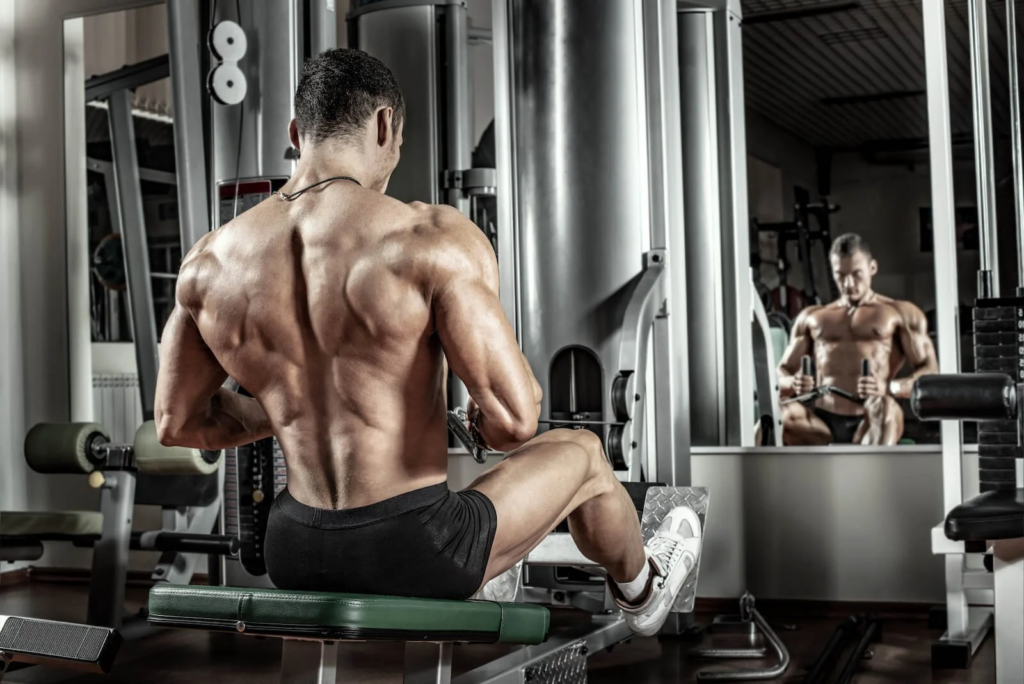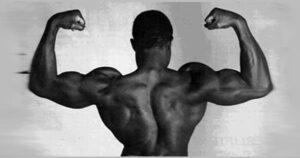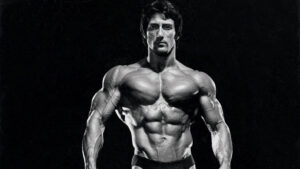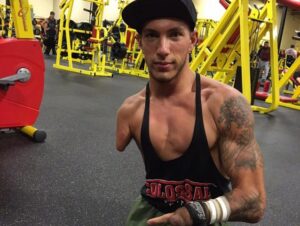One of the biggest barriers to bodybuilding for disabled individuals is the inability to access gyms and workout equipment. Lack of mobility and coordination can also make it difficult for those with disabilities to perform certain exercises.
However, that should not stop you from pursuing weight training as a form of exercise, nor from bodybuilding if that is your goal. There are many ways in which you can adapt your workouts to accommodate various disabilities and circumstances. Whether you’re an amputee or paraplegic who needs prosthetics or a person with movement disorders such as muscular dystrophy, this guide will tell you about techniques and equipment you can use for bodybuilding that are accessible to all people regardless of disability. It will also cover some basic bodyweight movements that anyone can do despite having limited mobility.

#Maximizing Your Workout
People with disabilities, like those with disabilities in bodybuilding, should consult a professional, such as a doctor or physiotherapist, before beginning any workout program. This is because making small adjustments to favorite exercises can improve performance in the gym. Changing a workout program frequently can help promote muscle growth. Training in a calorie deficit can also help achieve a competitive physique for bodybuilding competitions. To make these types of adjustments and stay consistent with your training goals, it’s important to have a solid game plan and track your progress regularly.
Incorporating “refeed days” into your routine can help preserve lean muscle mass and keep metabolism elevated. This means eating more calories than you burn each day, but not going overboard and binging on junk food. By following these tips and making healthy lifestyle choices, those with disability can put their best body forward in bodybuilding competitions and achieve their personal fitness goals.
#Strengthening Muscles Without Weights
While weights may be the go-to for building muscle strength and size, there are other ways to do it that can yield similar results. Isometric holds and drop sets are two of the best exercises to strengthen muscles without weights. In an isometric hold, a person will hold a contraction for as long as they can without fail while decreasing the resistance. In a drop set, a person will perform three or four repetitions of an exercise followed by a brief period of rest before performing another three or four repetitions with slightly increased resistance.
Another effective exercise for building muscle strength without weights is isolation exercises. These workouts involve high volume and strength endurance to improve performance and build muscle strength. When performing bodyweight exercises such as push-ups and pull-ups, proper technique and a strong mind-muscle connection are important to encourage more muscular hypertrophy. Strength training with weights also has many benefits such as improving overall body composition, increasing bone density, and developing balanced physique among others. However, people should consult their doctor before starting any form of muscle strengthening program.
#Exercises for Limited Mobility
Working to fatigue on bodybuilding exercises such as curls, leg extensions, and bench press may be best achieved through drop sets on machines. In this method, you select a weight and perform as many reps as possible, then reduce the weight by 25 percent and continue to perform more reps until you can’t move the weight anymore. These exercises help build muscle endurance and improve your overall strength and toning.
Another option for those with limited mobility is lateral raises. This exercise engages the medial deltoid and helps develop cannonball delts, which are crucial for building big upper body muscles. To increase intensity and trigger growth, take a forward lean while performing lateral raises. This will provide an increased range of motion and better engagement of the shoulder muscles. Lastly, bodybuilders should always warm up before exercising and stretch afterward to prevent injuries and optimize their results.

#Finding the Right Equipment
Disabled bodybuilding is possible with the right equipment. Weightlifting chairs and weights can be used to help those with mobility issues lift weights safely and effectively. Specialized equipment such as a weightlifting stool can be used to help those with mobility issues lift weights. Adaptive weightlifting belts are also available to provide additional support when lifting weights. Coaches can help disabled athletes find the right equipment to reach their bodybuilding goals. This can include providing assistance in choosing the correct weight training gear, modifying equipment to make it accessible, and assisting with weight training techniques. This can help disabled bodybuilders reach their bodybuilding goals and have fun and productive experiences while doing so.
Adapting your workouts for different disabilities
For those with disabilities, personal trainers can help individuals adapt their workouts to fit their current physical abilities. This helps to avoid injury and maximize results from the exercises. Personal trainers also have experience with numerous different types of exercises, making them an excellent resource for developing customized workouts that address any limitations a client may have.
It’s important to structure your workout program to promote muscle growth for those with physical limitations. This might include incorporating lighter weights and higher repetitions or sets into your workouts or providing assistance during exercise, such as using a resistance band or chair. Also, taking breaks when an exercise is causing you significant discomfort or pain can help improve your overall experience in the gym. By paying attention to these simple tips, anyone can enjoy a healthy and fulfilling workout regardless of their abilities.
Physical disabilities
Individuals with physical disabilities may have limited mobility, strength, or coordination, and may require modifications to their workouts. Some strategies for adapting workouts for physical disabilities include:
- Use assistive devices: Individuals with physical disabilities may require assistive devices, such as wheelchairs, crutches, or prosthetic limbs, to help them move around. These devices can also be used during workouts to help individuals perform exercises safely and effectively.
- Focus on functional movements: Functional movements are those that mimic activities of daily living, such as reaching, lifting, and bending. These movements can help individuals with physical disabilities improve their mobility and strength in a practical way.
- Modify exercises: Many exercises can be modified to accommodate physical disabilities. For example, a person with limited mobility may perform seated exercises instead of standing ones, or use resistance bands instead of weights.
- Use accessible facilities: It’s important to ensure that workout facilities are accessible for individuals with physical disabilities. This may involve installing ramps, lifts, or accessible equipment.

Visual impairments
Individuals with visual impairments may require modifications to their workouts to ensure safety and accessibility. Some strategies for adapting workouts for visual impairments include:
- Use verbal cues: Verbal cues can help individuals with visual impairments understand how to perform exercises. Trainers or workout partners can provide verbal cues to help individuals understand how to move their bodies during exercises.
- Provide tactile feedback: Tactile feedback, such as touching or guiding an individual’s body during an exercise, can help individuals with visual impairments understand how to perform movements correctly.
- Use equipment with tactile feedback: Some workout equipment, such as resistance bands or vibration platforms, can provide tactile feedback to help individuals with visual impairments understand how to perform exercises.
- Ensure safe navigation: Workout facilities should be designed to ensure safe navigation for individuals with visual impairments. This may involve installing braille signage, contrasting floor surfaces, or providing guidance from a trainer or workout partner.
Let’s Sum Up
As you can see, people with disabilities can benefit from bodybuilding just as much as anyone else. That said, bodybuilding is a sport that requires strength and mobility, which are not always easily accessible to people with disabilities. Adapting your workouts can help you get the most out of bodybuilding while staying safe and preventing further injuries. It’s helpful to have a support system of friends and family members who understand your needs and are there to help you make adjustments to your workout routines. These techniques will help you get the most out of bodybuilding while staying safe and preventing further injuries.





